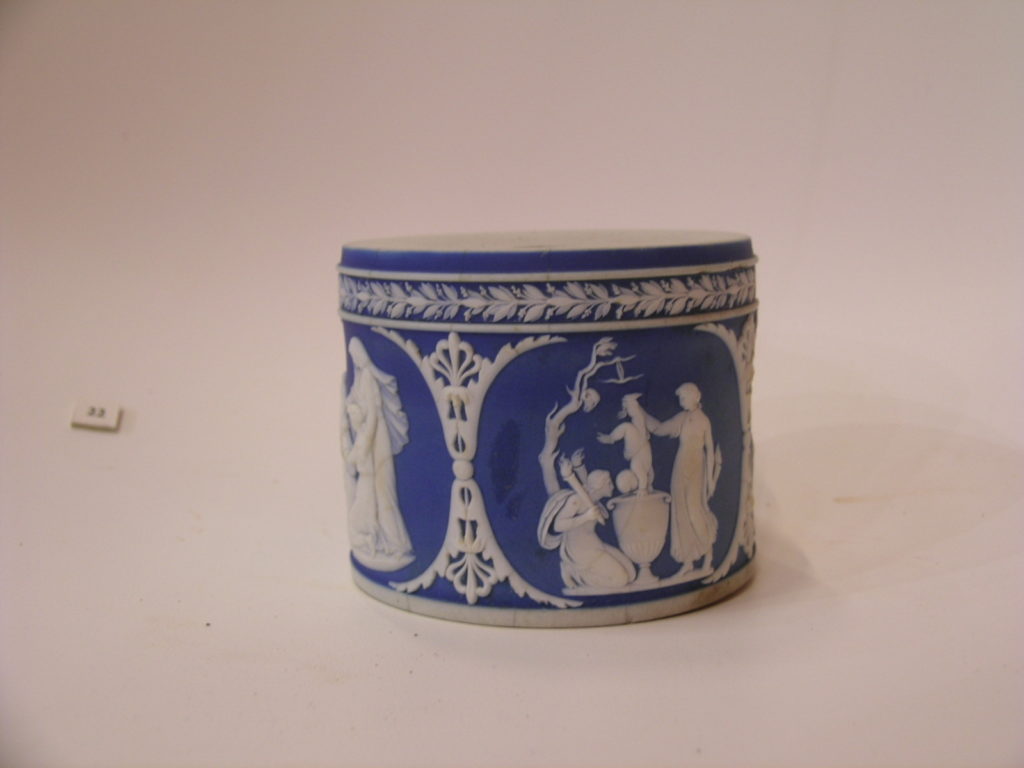
Blue Jasperware drum
Late 18th century
Wedgwood
A pedestal or base on which a lamp, candleholder, vase, figure or similar item could be mounted.
Bequeathed by John Irving, 1915
Reference: 5322
Can be found: EarthMaterials and Masters
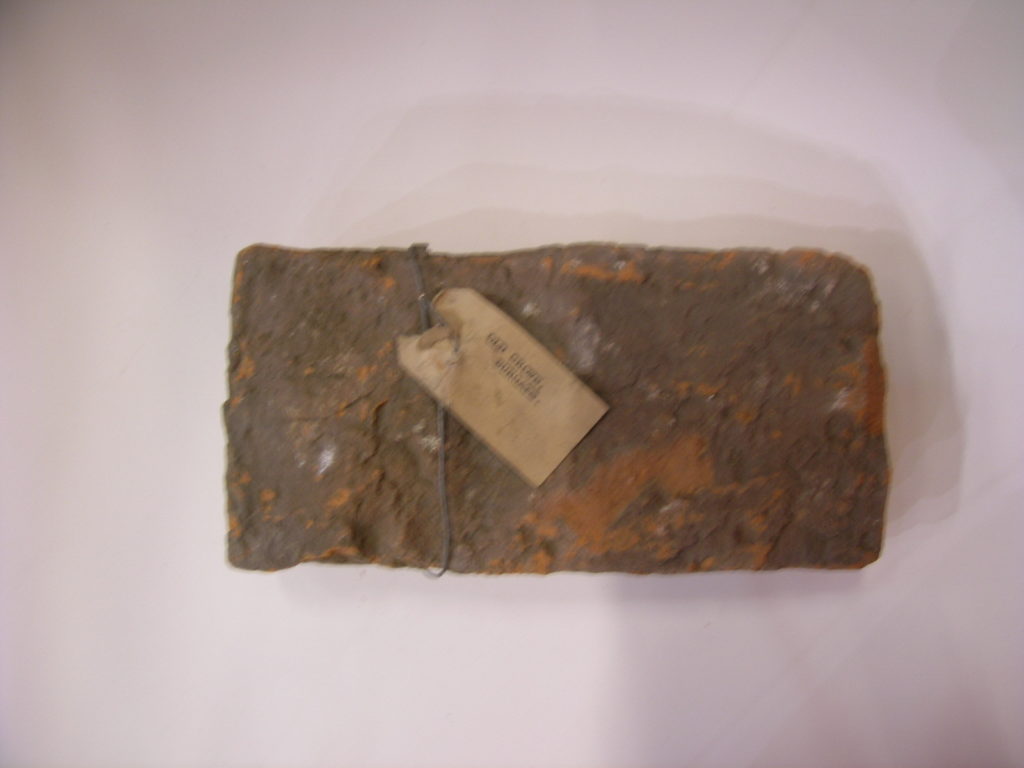
Brick from the Old Crown, Burgate Tudor
Earthenware
Tudor bricks have a distinctive shape: they are much thinner than modern bricks.
Reference: CANCM:nn
Can be found: EarthMaterials and Masters
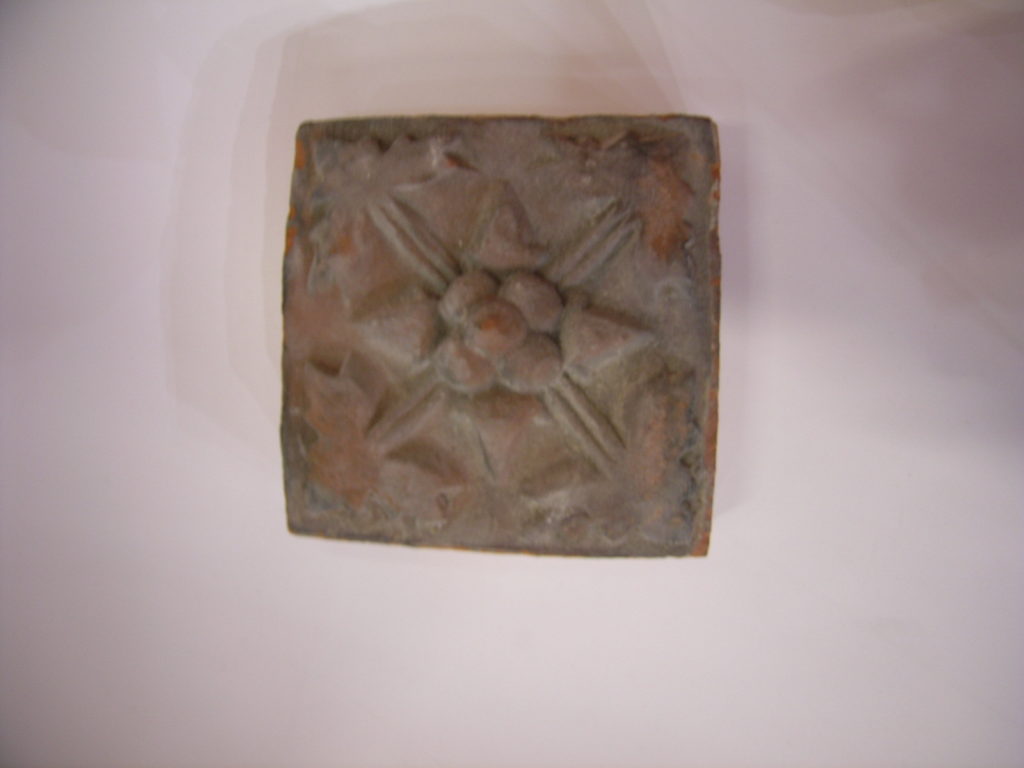
Brick with floral pattern from Kingsbridge Villas, Best Lane
19th century
Earthenware
Kingsbridge Villas used to stand where the new Beaney extension has been built in Best Lane.
Reference: CANCM:nn
Can be found: EarthMaterials and Masters
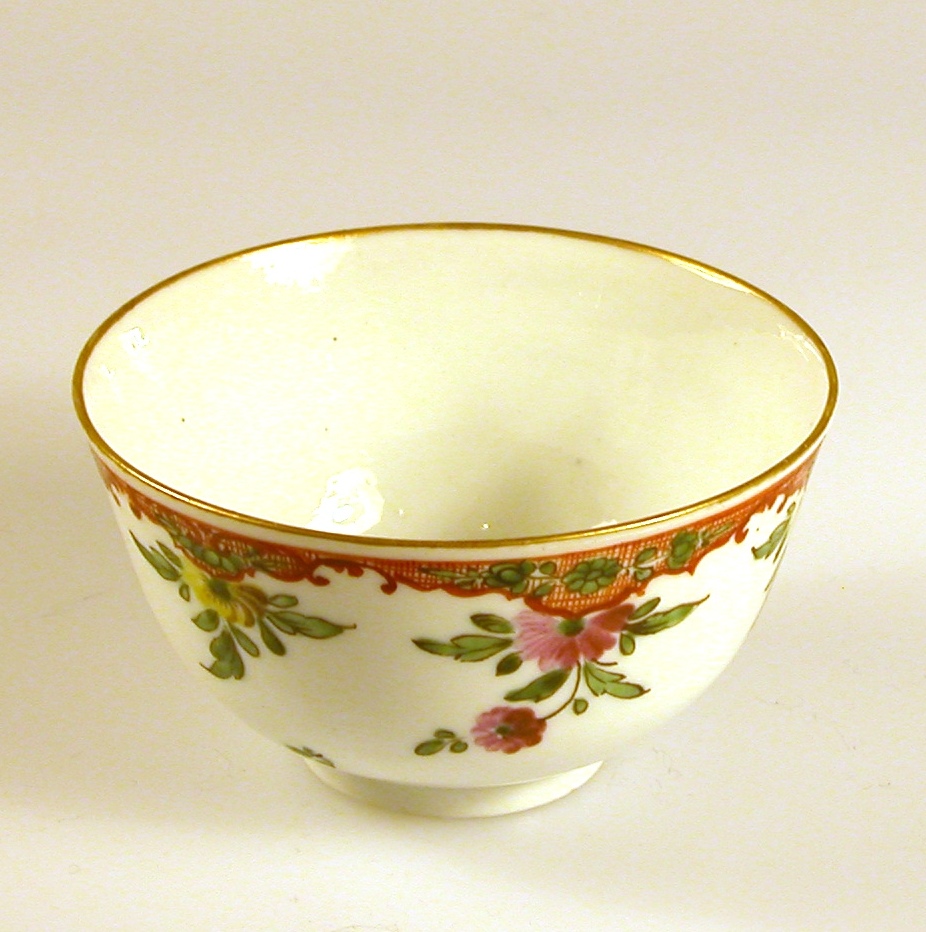
Chinese-style cup and saucer 18th century, Venice
Bequeathed by John Irving, 1915
Reference: 5510, 5511
Can be found: EarthMaterials and Masters
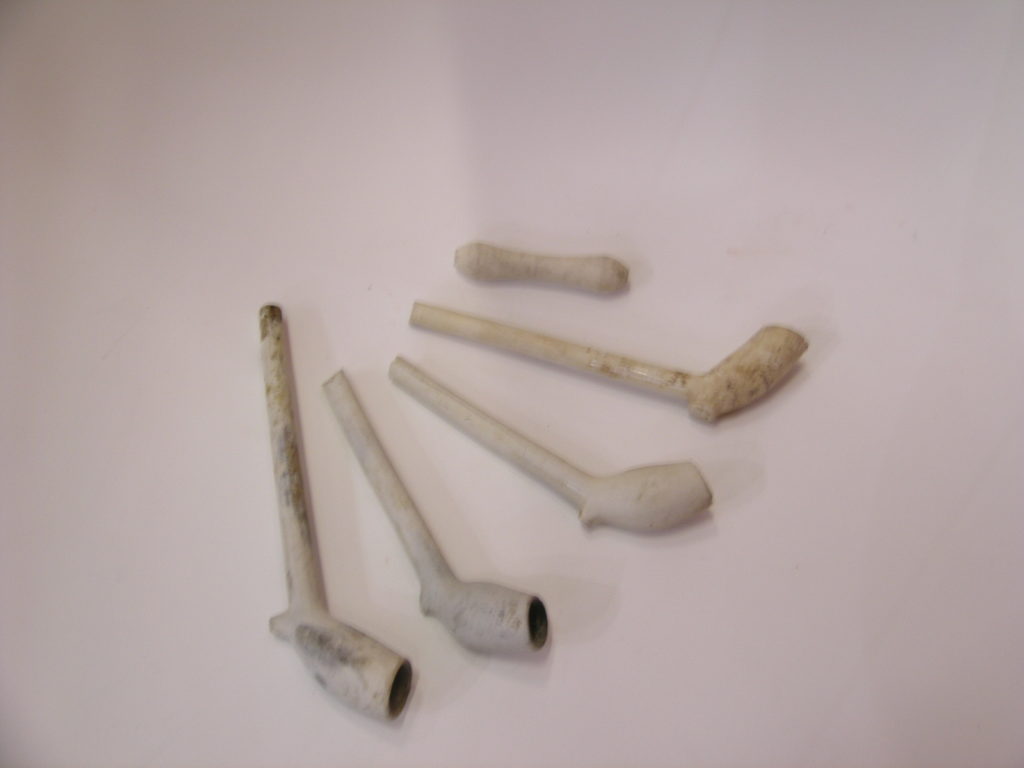
Clay pipes and stump to press down tobacco
17th century
Reference: 2003.575
Can be found: EarthMaterials and Masters
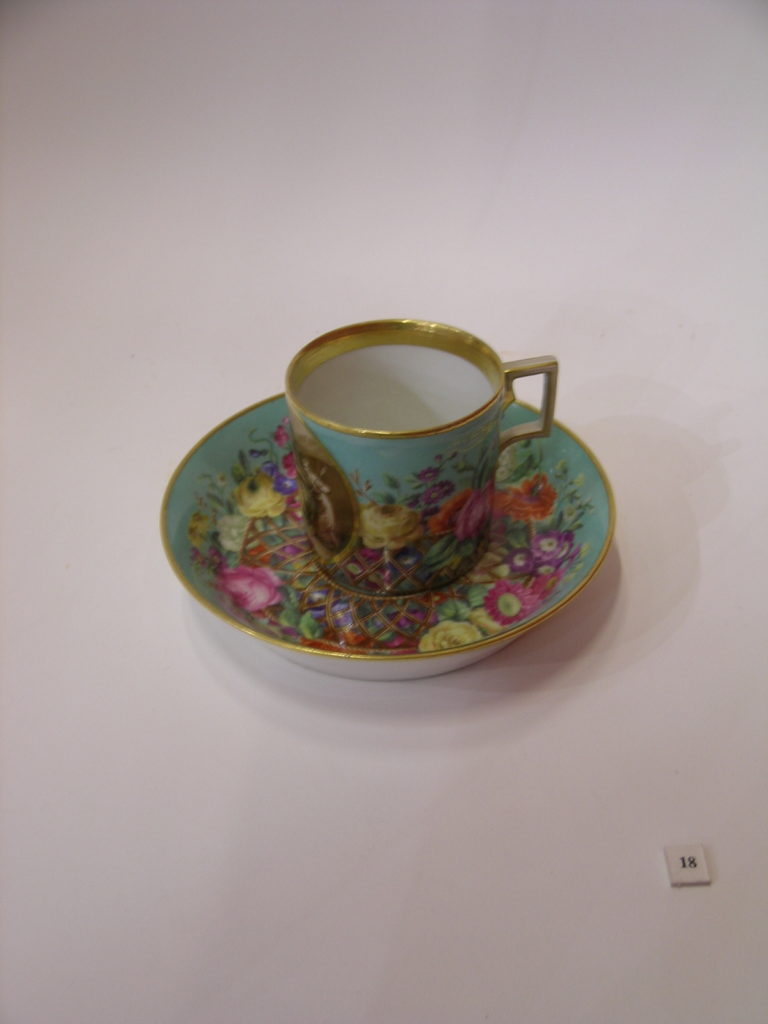
Coffee cup and saucer
18th century, Vienna
Porcelain
Bequeathed by John Irving, 1915
Reference: 5519, 5520
Can be found: EarthMaterials and Masters
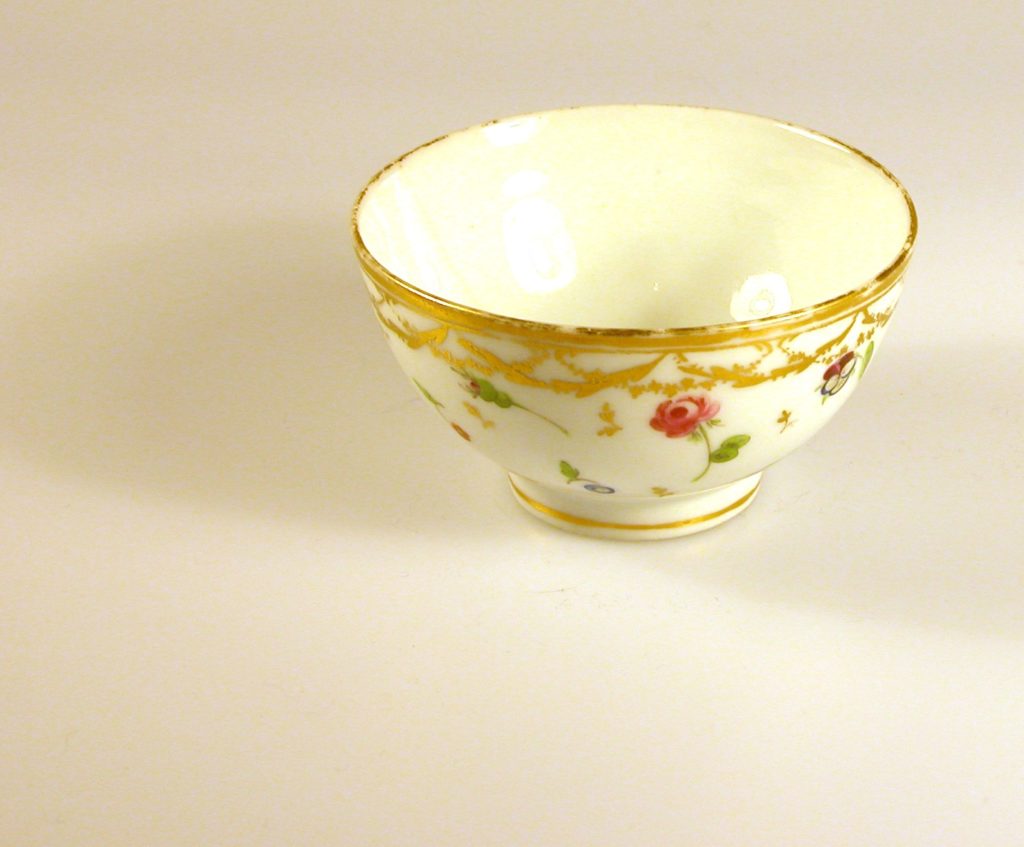
Cup and saucer
Early 19th century, Nyon, Switzerland
Bequeathed by John Irving, 1915
Reference: 5457-8
Can be found: EarthMaterials and Masters
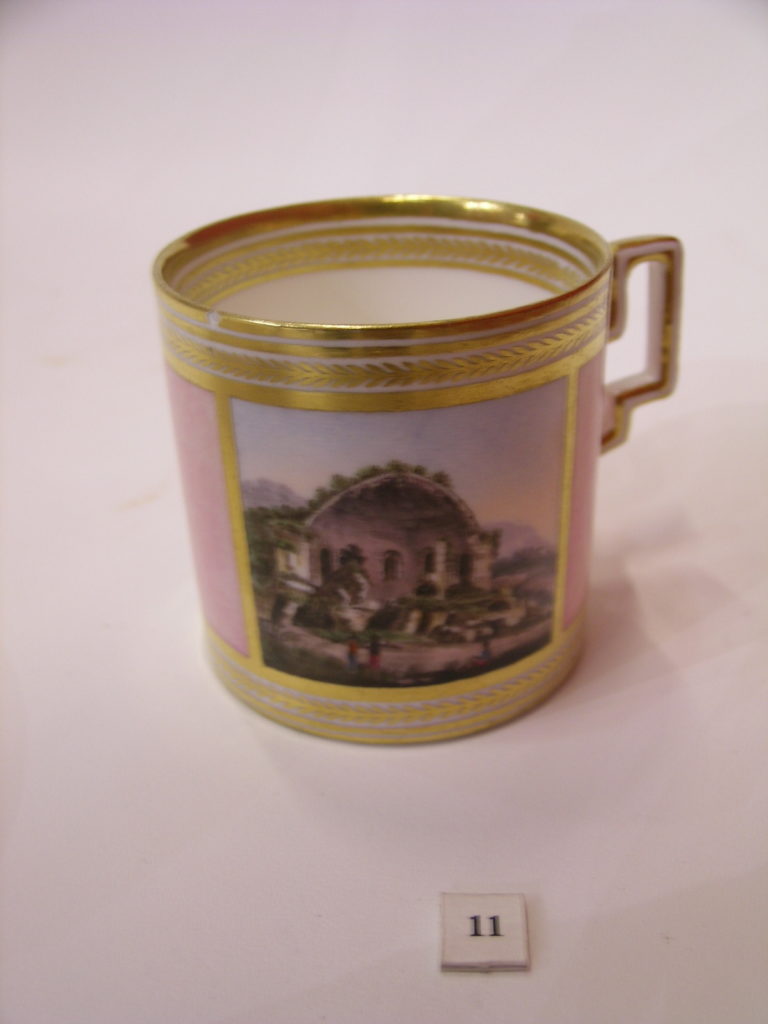
Cup and saucer with Italian views 18th century, Naples
Porcelain
Bequeathed by John Irving, 1915
Reference: 5451-2
Can be found: EarthMaterials and Masters
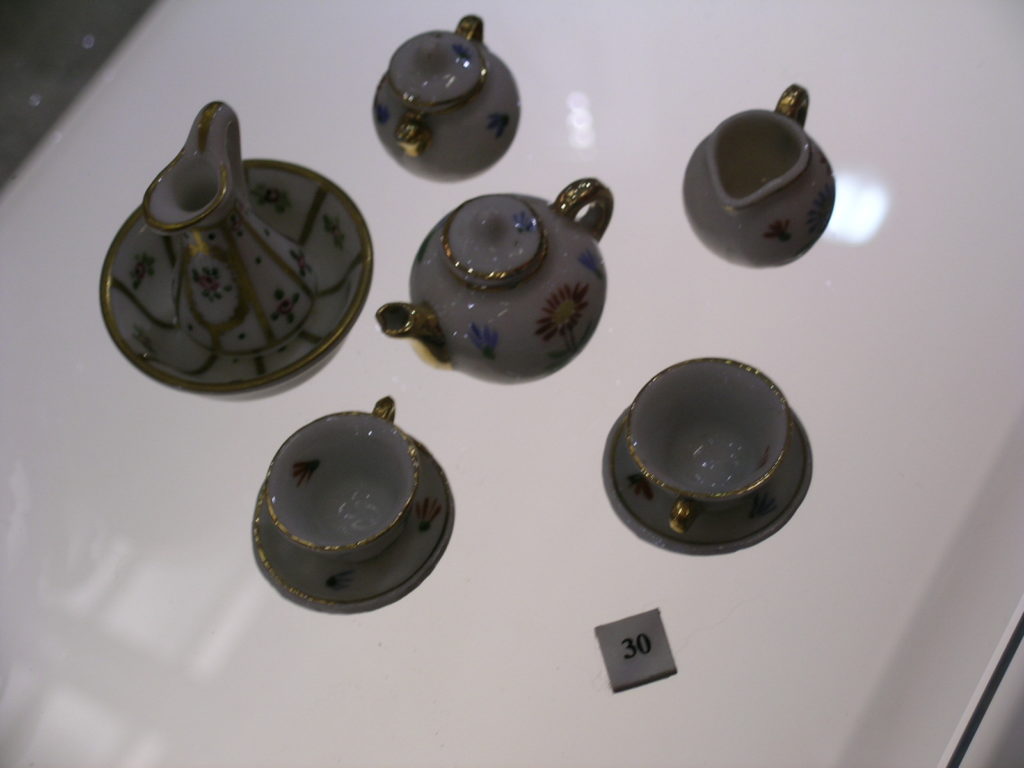
Dolls’ house tea set, washing basin and water jug
Bequeathed by Miss G. H. Veraguth to the daughter of Dr Wynn and presented to the Museum in memory of Miss Veraguth, 1974
Reference: 9870
Can be found: EarthMaterials and Masters
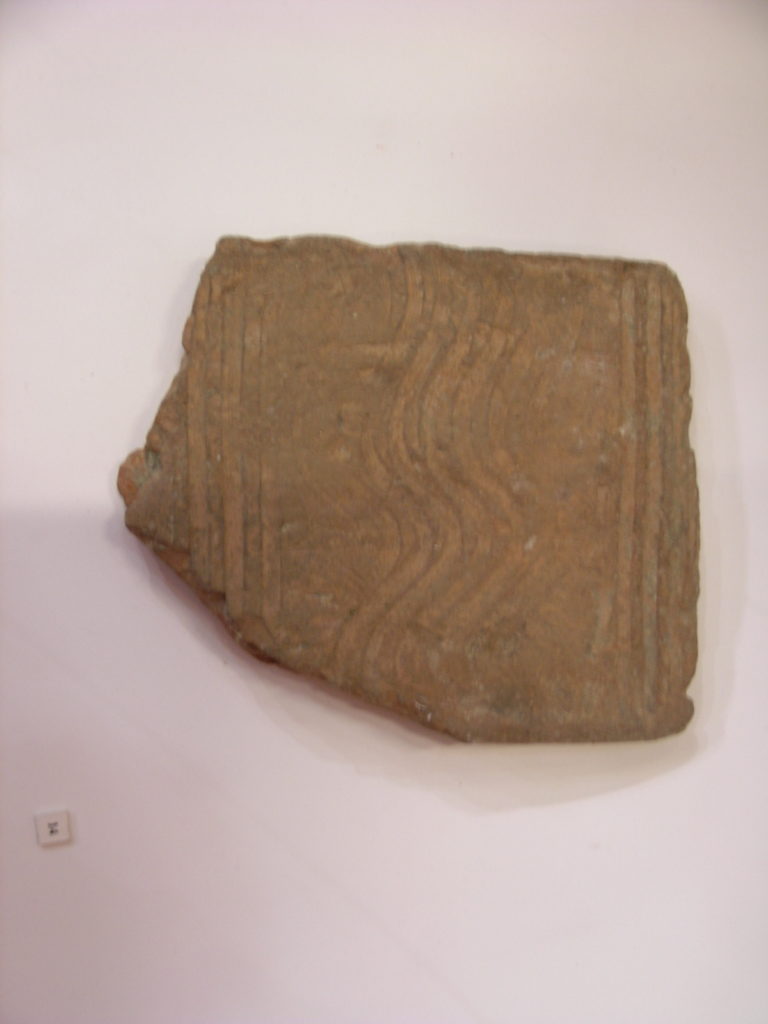
Flue tile from Fordwich with combed pattern
Roman
Presented by Mrs Harrison
Reference: 9757
Can be found: EarthMaterials and Masters
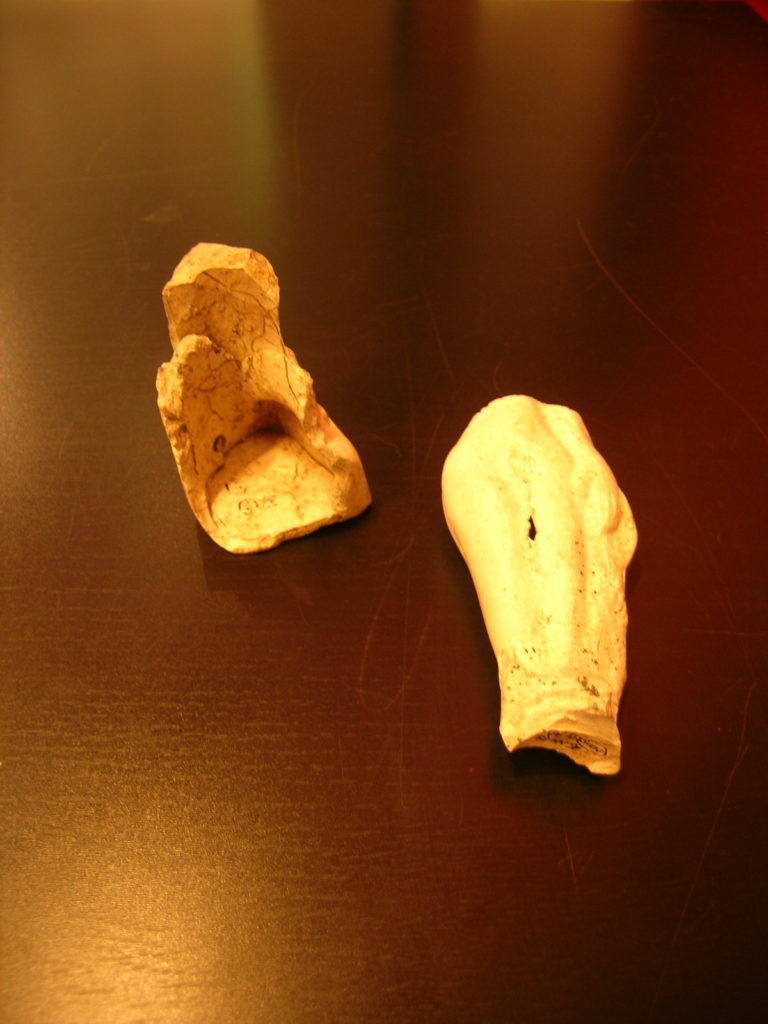
Fragments of pipe clay figurines
Roman
Reference: (78 & 82)
Can be found: EarthMaterials and Masters
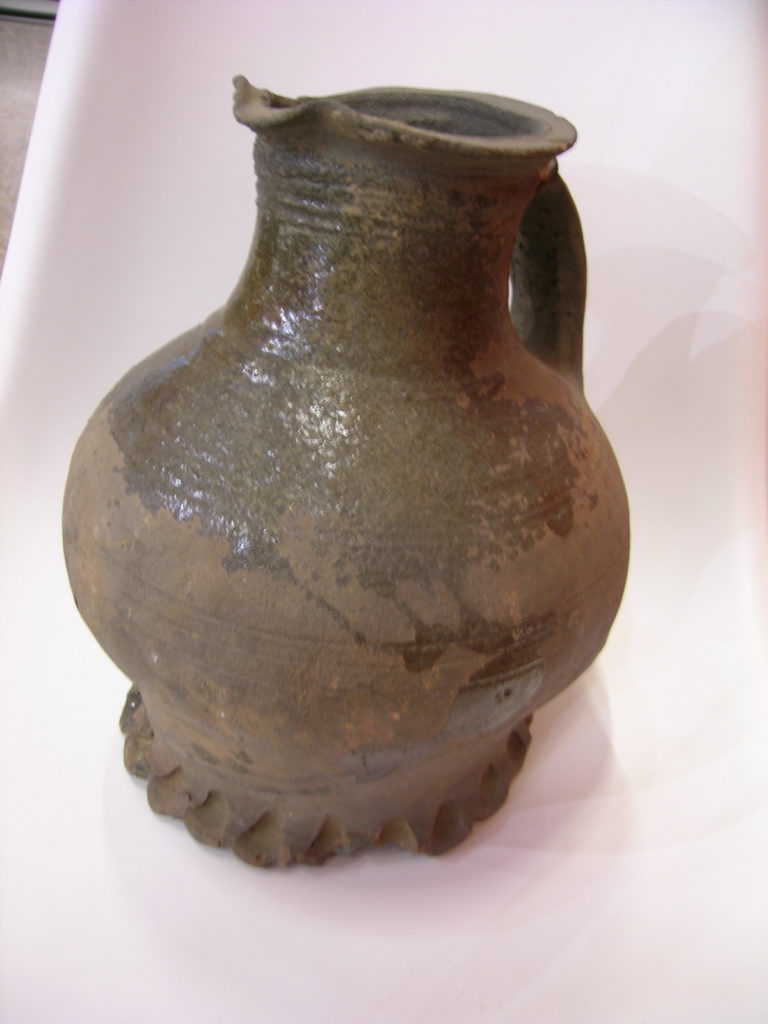
Grey ware jug with fingerprint decoration
Medieval
Earthenware
Reference: 8807
Can be found: EarthMaterials and Masters
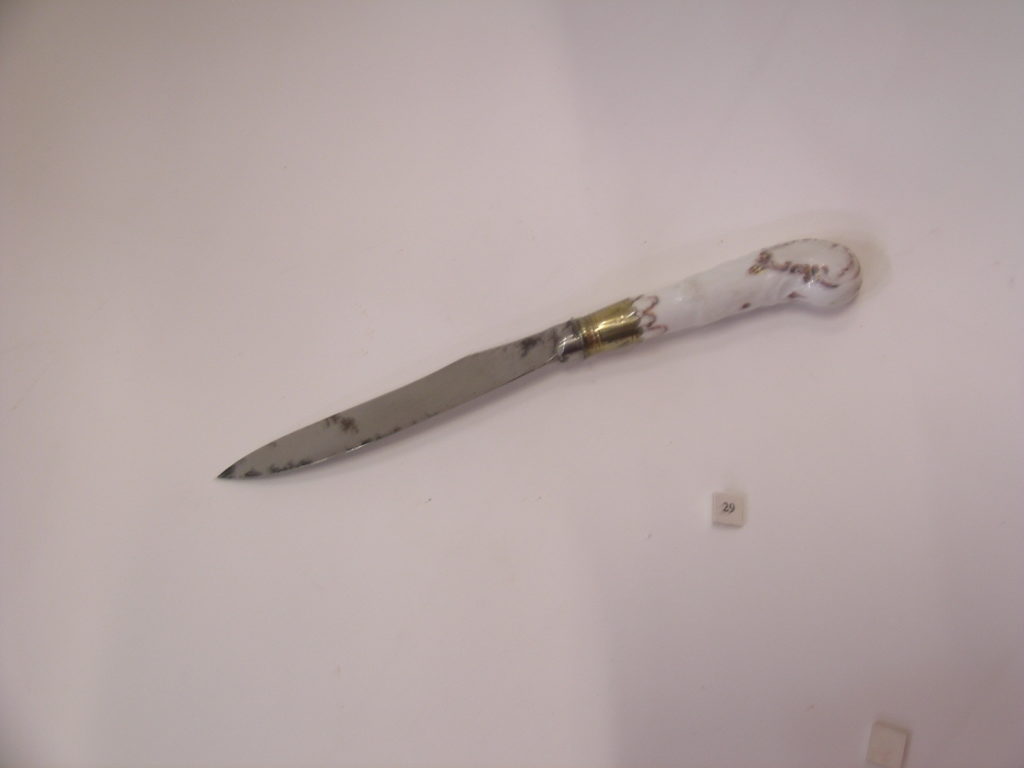
Knife with porcelain handle
Reference: 635
Can be found: EarthMaterials and Masters
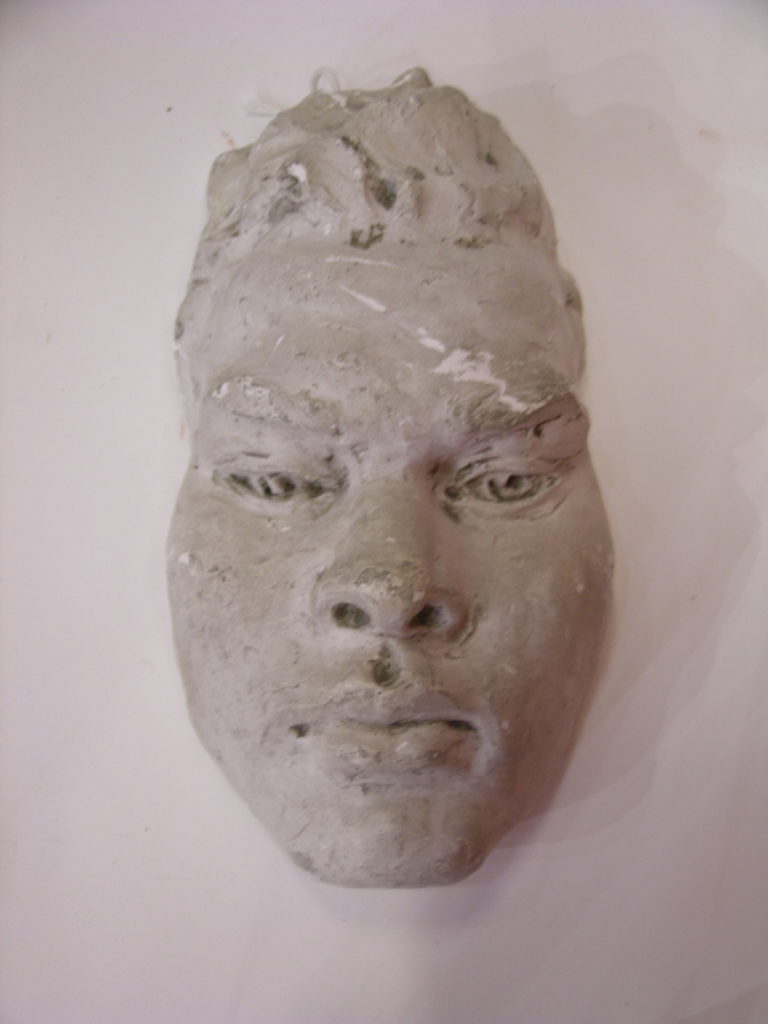
Mask sculpture
Alfred Palmer (1877-1951)
Plaster
Plaster is made from the earth mineral Gypsum, which also forms the Selenite on display in the case opposite focused on Glass.
Purchased from the artist’s family with aid from the Friends of Canterbury Museums, 1997
Reference: CANCM:nn
Can be found: EarthMaterials and Masters
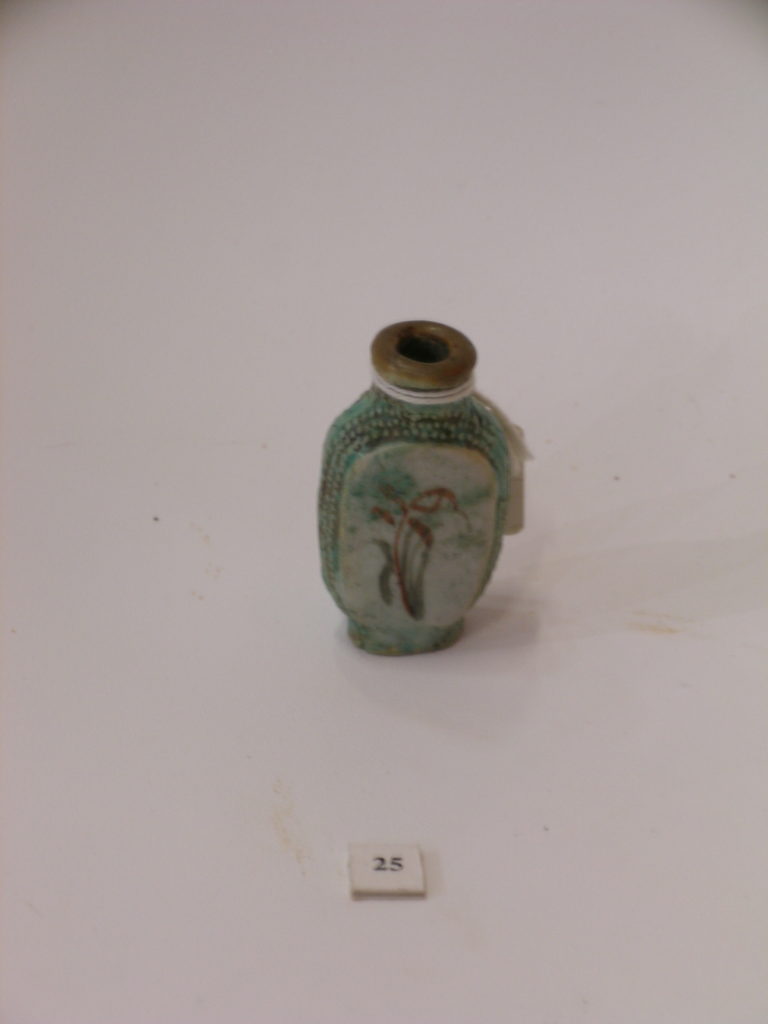
Miniature bottle
Ceramic
Reference: 6153
Can be found: EarthMaterials and Masters
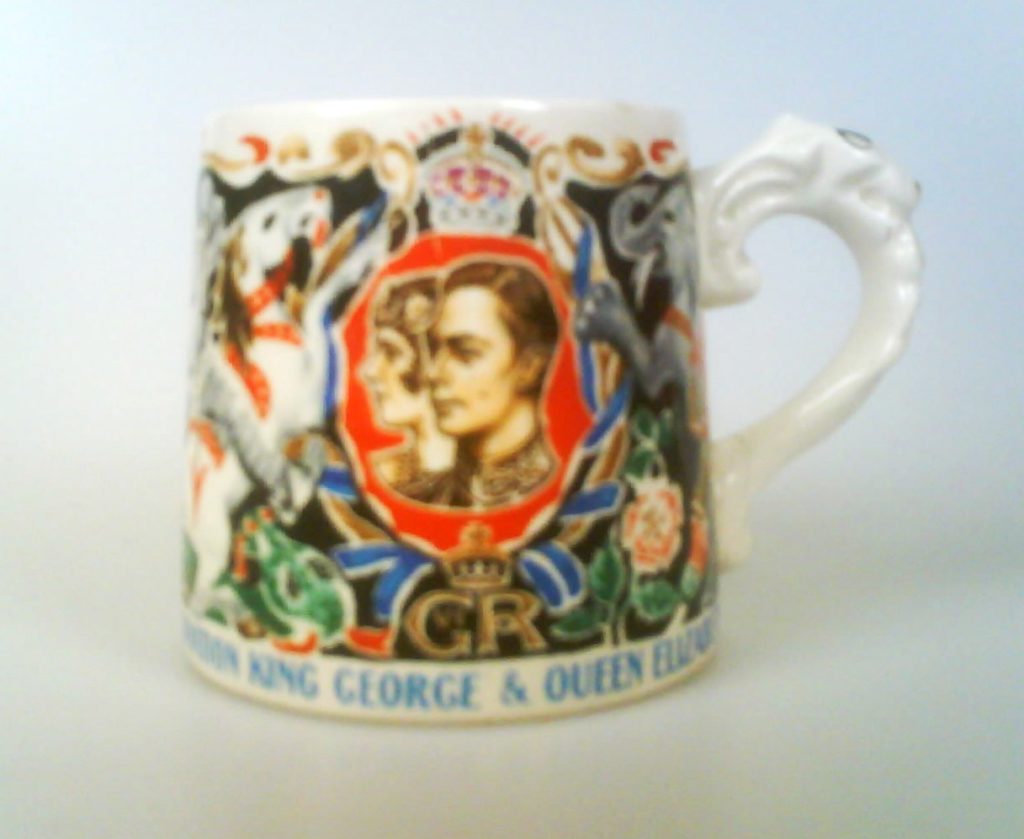
Mug commemorating coronation of George VI
Designed by Dame Laura Knight, DBE, RA Earthenware
Reference: 2009.830
Can be found: EarthMaterials and Masters
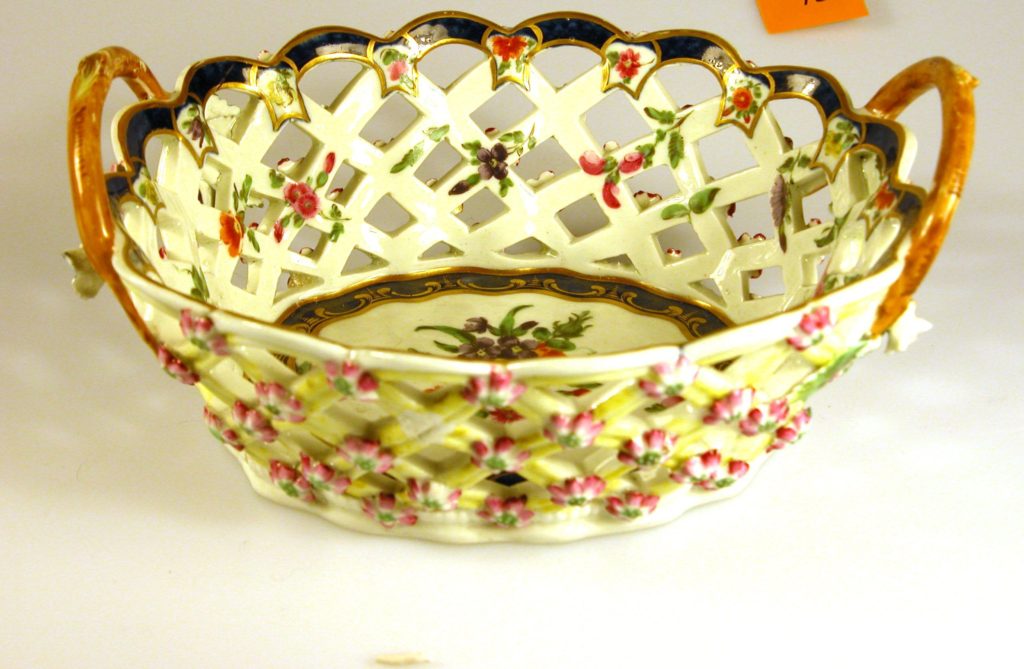
One of a pair of open trellis baskets
18th century, Worcester
Porcelain
Bequeathed by John Irving, 1915
Reference: 5357
Can be found: EarthMaterials and Masters
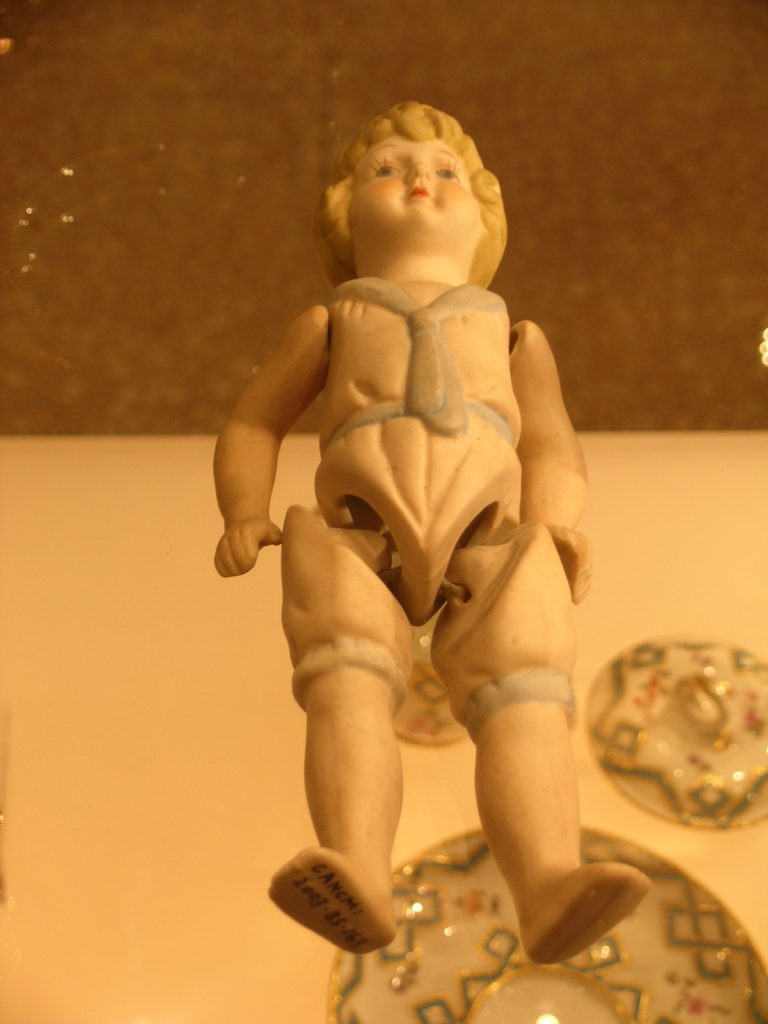
Porcelain doll
Porcelain, often called bisque, was used in the manufacture of dolls until the advent of plastic. Fine features could be modelled and painted for faces. Usually it was just the head, and perhaps also the hands and forearms, that were made of porcelain and attached to cloth or wooden bodies.
Bequeathed by Miss Anne Clelland, 2003
Reference: 2003.85.169
Can be found: EarthMaterials and Masters
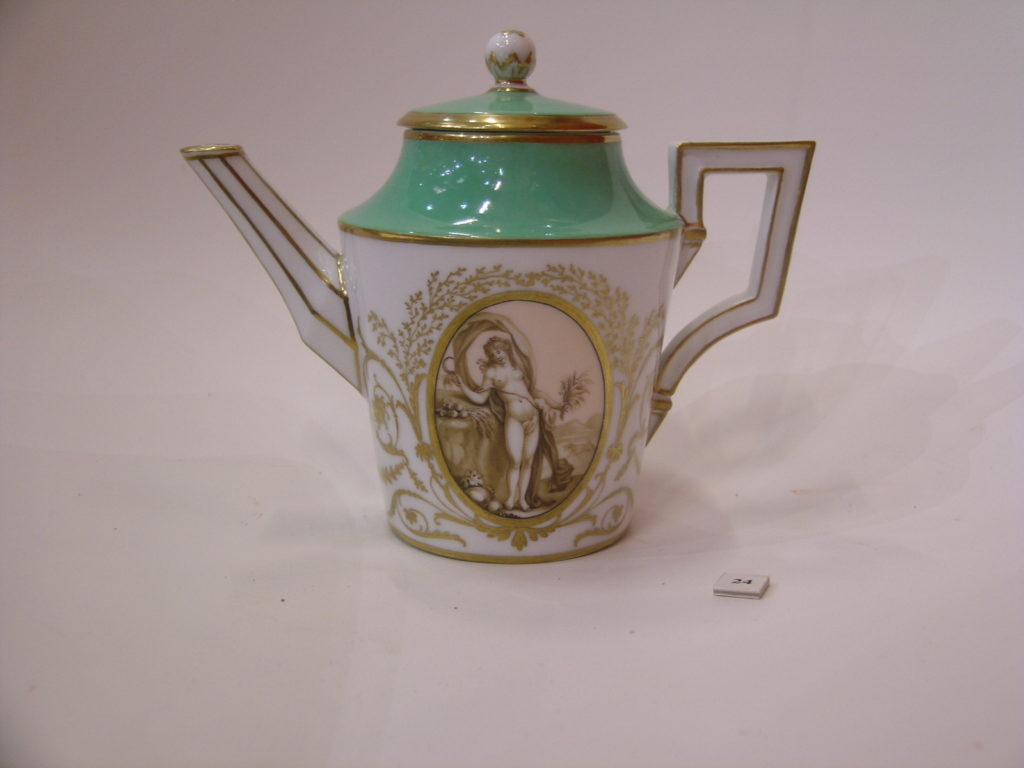
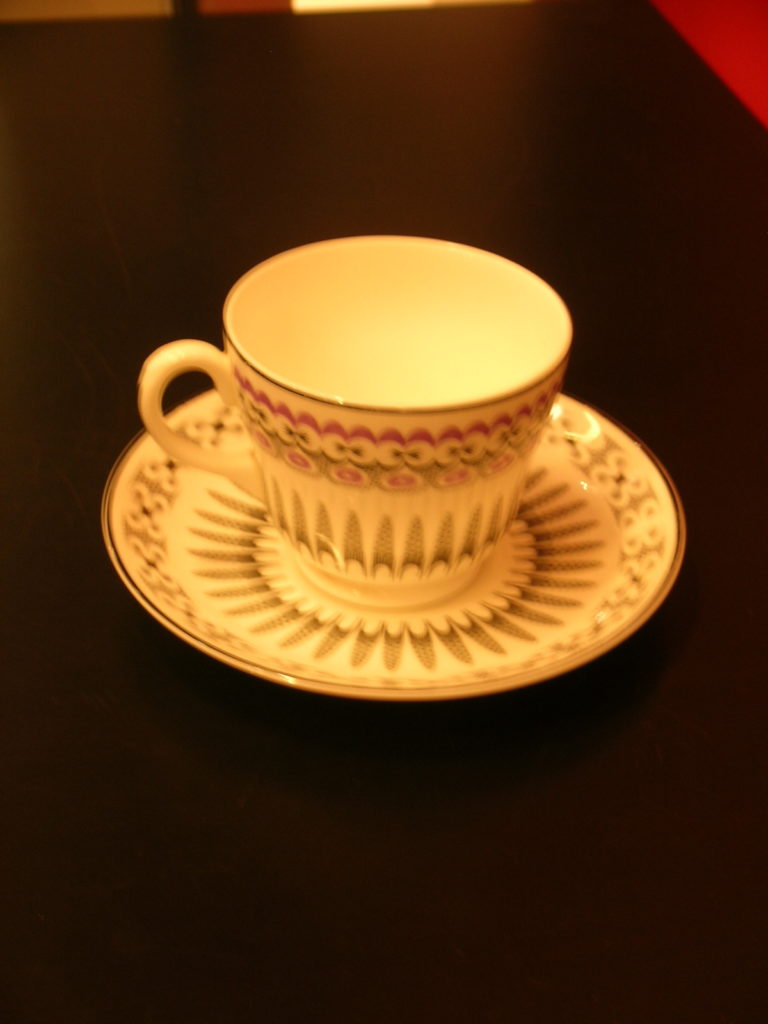
‘Heartsease’ cup and saucer 1952, Wedgwood for the Orient Line
Designed by Edward Bawden
Bone china
Bequeathed by George and Lorna Maynard, 2010
Reference: 2010.1.3-4
Can be found: EarthMaterials and Masters
